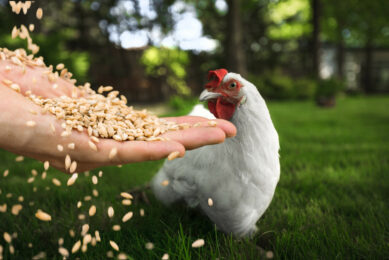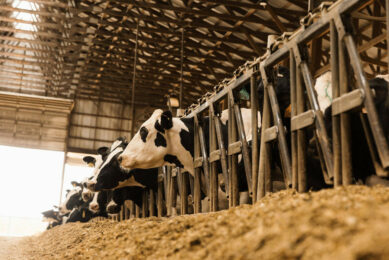Phosphorous uptake gene could boost rice yields by 20%

A team of international researchers have discovered a rice gene that could significantly raise the rate of phosphorus uptake in rice varieties.
The gene is called, PSTOL1, or Phosphorous-Starvation Tolerance 1, it regulates root growth. More roots would lead to greater phosphorous uptake, which could boost rice yields by 20%.
Sigrid Heurer of the International Rice Research Institute (IRRI), in the Philippines, and one of the authors on the Nature paper, says that low phosphorous bioavailability affects more than half the world’s farmlands. This shortcoming is met by application of fertilisers, with attendant increases in fertiliser prices.
Kasalath rice
PSTOL1 gene was found in Kasalath, a traditional rice variety from India. Kasalath belongs to the aus-type rice group that is also the source of the submergence tolerance gene, which IRRI has used to breed varieties suitable for growth under water that are being widely adopted in Asia.
Sigrid Heurer credited Matthias Wissuwa, a senior scientist at the Japan International Research Center for Agricultural Sciences, with initially discovering Kasalath’s superior performance under poor soil conditions.
IRRI has yet to incorporate the gene into commercial varieties, but says it has enough seeds to act as breeding lines for use in trials.
According to Heuer, the most advanced breeding lines have been developed in Indonesia, by IRRI’s partners at the Indonesian Center for Agricultural Biotechnology and Genetic Resources Research and Development.
IRRI’s own breeding lines are now being tested in India, and “if they perform well, they can be given to farmers within the next two or three years”, Heuer says.
Corn could benefit from PSTOL1
Emil Q Javier, president of the National Academy of Science and Technology, said that because phosphorus is a mineral nutrient required by all plants, other crops like corn could also benefit from the rice gene.
“This should be possible now, with genetic engineering,” Javier said, as the desired gene could, in principle, be inserted into corn and other crops.











